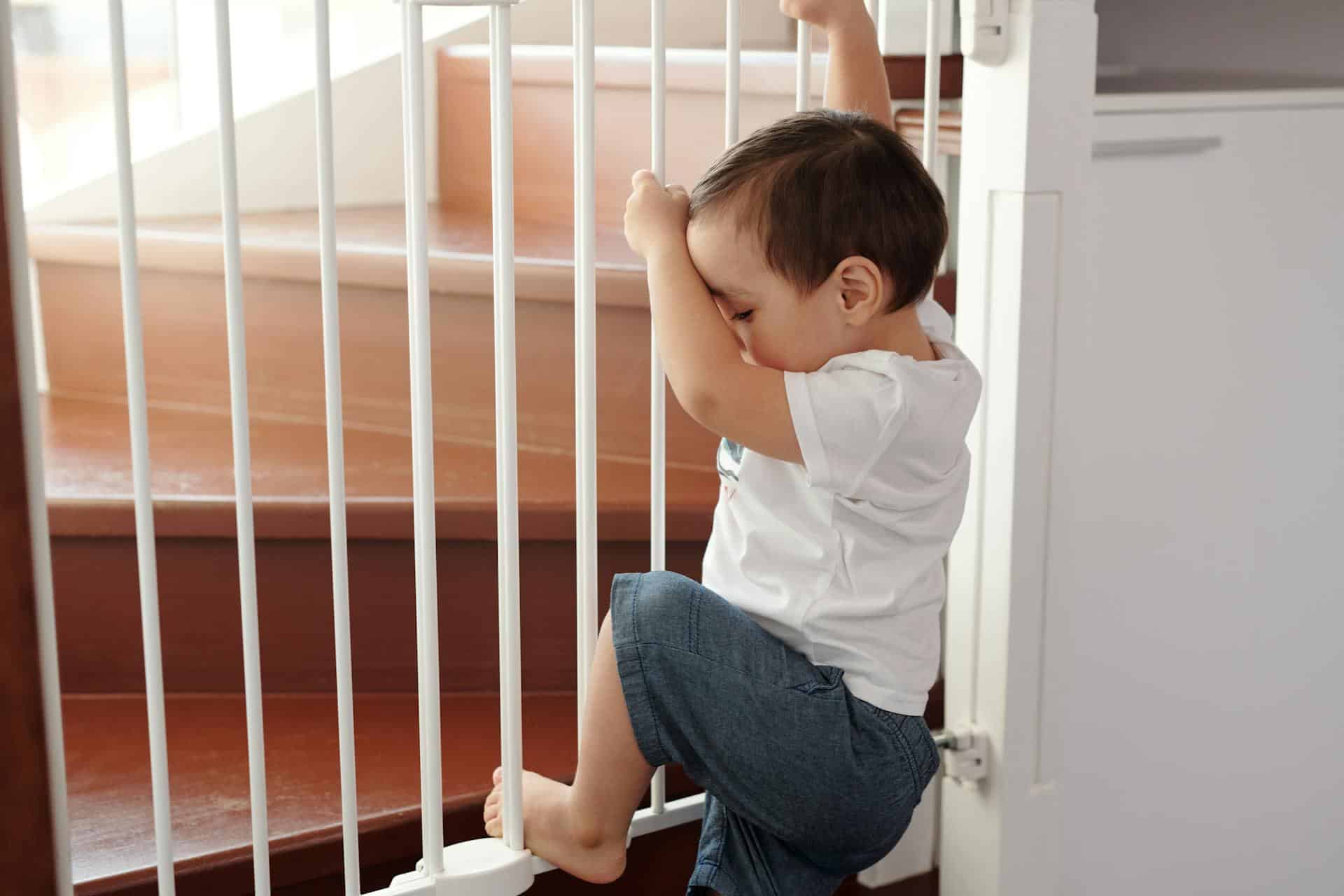
Question: What Can I Use Instead of a Baby Gate?
Answer: What you can use instead of a baby gate includes playpens, furniture strategically placed to block access, and close supervision.
Baby-Proofing Without Gates: Creative Solutions
Keeping your little one safe is a top priority. Baby gates offer a common solution, but they are not always ideal. This article explores effective alternatives to traditional baby gates, offering practical tips for creating a secure environment for your child while maintaining a functional and aesthetically pleasing home. Explore these options to find the best fit for your family’s needs.
Furniture Placement as a Barrier
Strategically arrange furniture to block off hazardous areas. Position a large sofa or bookcase across a doorway. This creates a physical barrier. Ensure furniture is stable and cannot tip over. Secure tall items to the wall using brackets or anchors. This prevents accidents.
This method offers a cost-effective solution using existing resources. You can adapt your furniture layout as your child grows. This provides flexibility in your home.
Click here for more information on cabinet refacers Toronto
Related Article: How Do I Keep My Child Out of the Kitchen?
Related Article: How to Stay Safe in the Kitchen with Kids?
Doorway Modifications for Child Safety
Install door knob covers and lever locks. These prevent children from opening doors to unsafe areas. Use door stoppers to keep doors slightly ajar. This allows for airflow and visibility while preventing full access.
These modifications are simple and affordable. They offer an effective way to control access to specific rooms. Consider safety latches for cabinets and drawers. This adds an extra layer of protection.
Supervision: The Most Important Safeguard
Constant supervision is essential for young children. Designate a specific area as a safe play zone. Actively supervise your child within this space. Remove potential hazards from the area.
While other methods help, direct supervision is paramount. Engage with your child during playtime. This maximizes their safety and fosters connection.
DIY Barriers: Customized Solutions
Create custom barriers using materials like plywood or PVC pipe. Build a freestanding barrier to fit a specific opening. Ensure stability and secure attachment. This provides a personalized solution tailored to your home’s layout.
DIY solutions require some effort. They offer a cost-effective option for unique spaces where standard gates may not fit. Ensure all materials are non-toxic and child-safe.
Exploring Childproof Home Design
Embrace childproof design principles in your home. Store hazardous materials out of reach. Secure loose cords and wires. Cover sharp corners on furniture.
Creating a child-friendly environment requires proactive planning. This minimizes potential dangers and fosters a secure space. This creates a welcoming environment for your child to explore safely.
Conclusion: Finding the Right Approach for Your Family
Choosing the right alternative to baby gates depends on your home, your child’s age, and your family’s lifestyle. Evaluate each option’s benefits and drawbacks. Consider your child’s developmental stage and individual needs.
Creating a safe environment for your child requires a multi-faceted approach. Combining different methods offers the most effective protection. Consult with a child safety expert if you need personalized advice. Prioritizing safety ensures peace of mind for you and a secure environment for your little one to thrive.
Remember, while this article offers several alternatives to baby gates, professional advice should always be sought when considering your child’s safety. These suggestions offer starting points for creating a secure and stimulating environment where your child can explore and grow.

Blue Malue Get in touch with Blue here.
